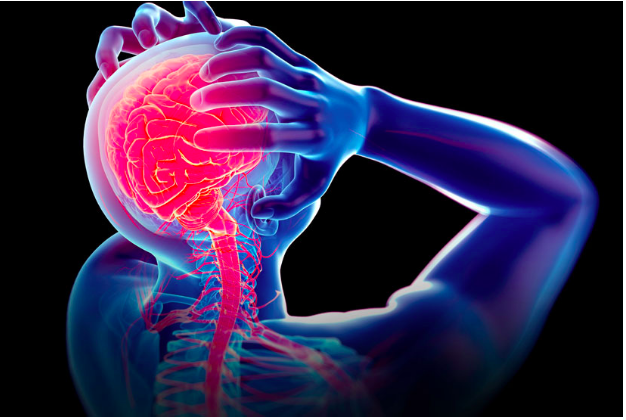
Migraine is a neurological problem which is entirely different from a headache. People often misunderstand the migraine pain with a severe headache and start ignoring the need to visit a doctor, Instead tries their own medication to get relief from headache.
Are you getting confused between headache and migraine pain? If yes, then read the below article to know about migraine pains.
Symptoms of Migraine
A migraine is a recurrent headache that lasts for hours and days. As compared to normal headaches, it pain varies from moderate to severe on one side of the brain. Here are the symptoms of it.
- There is severe pain on one side of the head
- Pain feels throbbing or flushing
- The pain worsens with light and movement
- Sensitivity to light and sound
- The feeling of nausea, vomiting or dizziness
- Temporary blind spots or any other visual disturbances
Types of migraine
- Migraine Without Aura
A migraine without aura is more than just a headache. When you feel moderate to severe pulsating pain in one side of your head, it is migraine without aura. Along with the headache, the patient often feels nausea, confusion, blurred vision, mood changes, and fatigue.
- Migraine With Aura
In this visual disturbances and other neurological symptoms appear about an hour before the headache starts. The patient may also lose their vision temporarily. The aura may also occur without any headache pain, which makes it difficult to diagnose.
Some of the aura symptoms are an abnormal sensation, numbness, tingling sensation in the hands, trouble to speak, and confusion.
- Hemiplegic Migraine
It is a rare form of headache where people often feel pain in the side of the body along with migraine pain. Treatment of this type of migraine can be challenging. So, consult headache specialist for treatments like migraine surgery, therapies, migraine recoveries and more.
- Ophthalmoplegic Migraine
This causes a severe headache and weakness in muscles that control eye movement. People suffering from this pain often have dilated pupils, drooping eyelids, and feel difficulty in moving the eye until the pain passes.
- Vestibular migraine
It affects the nervous system and causes dizziness with migraine pain. It is almost as similar to hypertension. Vertigo sometimes is tricky to diagnose because, at times, it may appear without any pain.
- Retinal Migraine
It is one of the rarest forms of migraine that includes repeated bouts of diminished vision or blindness in one eye. It reduces blood flow in the eye and makes eyes to constrict. But, once the pain is over, the blood vessels get to relax and open up, and the vision gets resorted too.
How to Get Rid Of Migraine
Changes in lifestyle, understanding the migraine triggers, and breathing exercise help you get out of the chronic migraine pain.
When To See A Doctor
Whenever you feel any of the symptoms above, consult the neurologist near you. The doctor recommends you some medications and precaution, according to your migraine type. Never take the headache lightly, instead immediately consult a doctor and save yourself from the severe condition of migraine.

